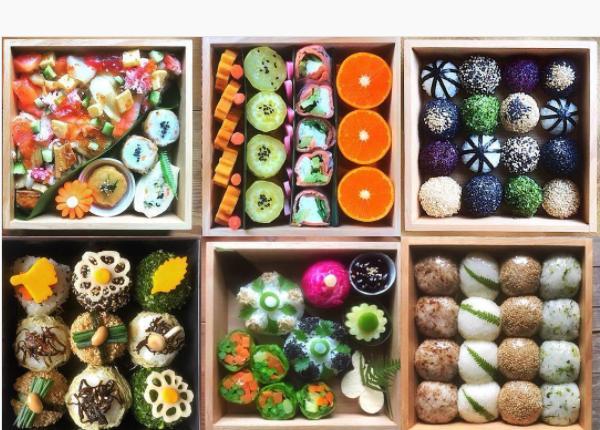New Years In Japan Is All Kinds Of Elaborate

@nutriu_lb
While Americans think of the New Year as an afterthought to the holidays, (and a chance to get belligerent), it’s the most important holiday in Japan and it’s called Oshogatsu. Most businesses shut down from January 1 to January 3, and families gather together.
The Japanese even hold bonenkai parties, meaning “year-forgetting parties” where everyone lets go of their troubles from the past to move forward into the new year. The holiday decorations come down and homes are decorated with all kinds of ornaments made of bamboo, pine and sometimes plum trees.
If you’re lucky enough to be invited to a Japanese New Year celebration, don’t pass it up. Around midnight on New Year’s Eve in Japan, you’ll hear bells that ring continuously for one to two hours. They strike the bell exactly 108 times to represent the 108 types of earthly desires and feelings humans are plagued by, according to Buddhism. This Buddhist tradition is called Joya no Kane and it’s one of the most important rituals of the year in Japan.
On New Year’s Eve, it’s become a tradition to eat soba noodles, which are made out of dough that’s stretch and cut long to represent a long and healthy life. You’ll also see Kagami-mochi, a rice cake used as a decoration, which has an orange sitting on top. This decoration represents a wish for the prosperity of descendants over generations.
One of the most traditional Japanese things you’ll have on New Year’s is Osechi ryori with Japanese foods served in a 3 or 4-layer bento box called jubako, including things like sweetened rice wine and ozoni, a soup with mochi. Family and friends gather around the bento box. Each one of the different foods in the bento box represents something relating to the new year.
It’s not uncommon to send and receive New Year cards, which are delivered on January 1. There’s a lot that goes into celebrating the New Year in Japan. It’s filled with all kinds of hopes and wishes for the new year, while forgetting all of the negative stuff that has happened in the previous year. The symbolic food, decorations and traditions sound like the perfect break from the rowdy American New Year celebrations.











